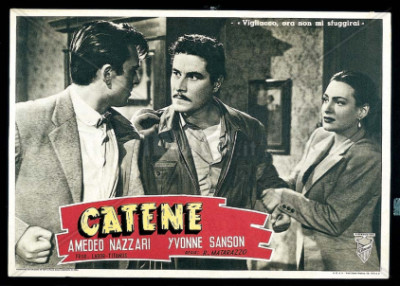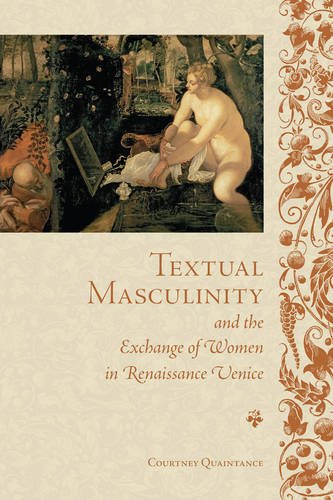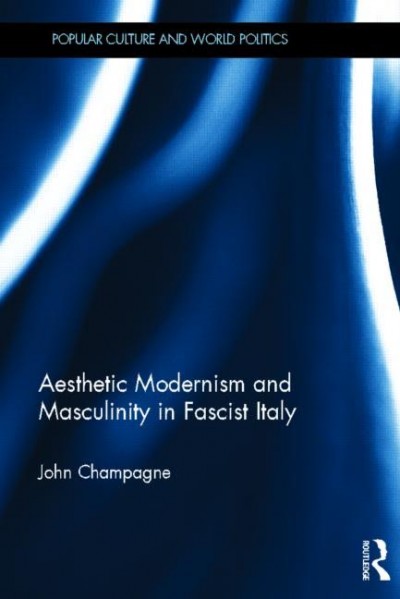Journal Editorial
by Nicoletta Marini-Maio, Paola Bonifazio, Ellen Nerenberg
The editorial includes the Editors’ introductions to their respective areas: Nicoletta Marini-Maio announces the topic and guest editors of the Themed Section; Paola Bonifazio presents the Invited Perspectives; and Ellen Nerenberg details the contents of the Open Contributions and the section Continuing Discussions, which hosts informed voices on themes developed in previous issues of g/s/i.





